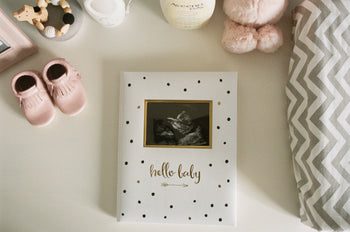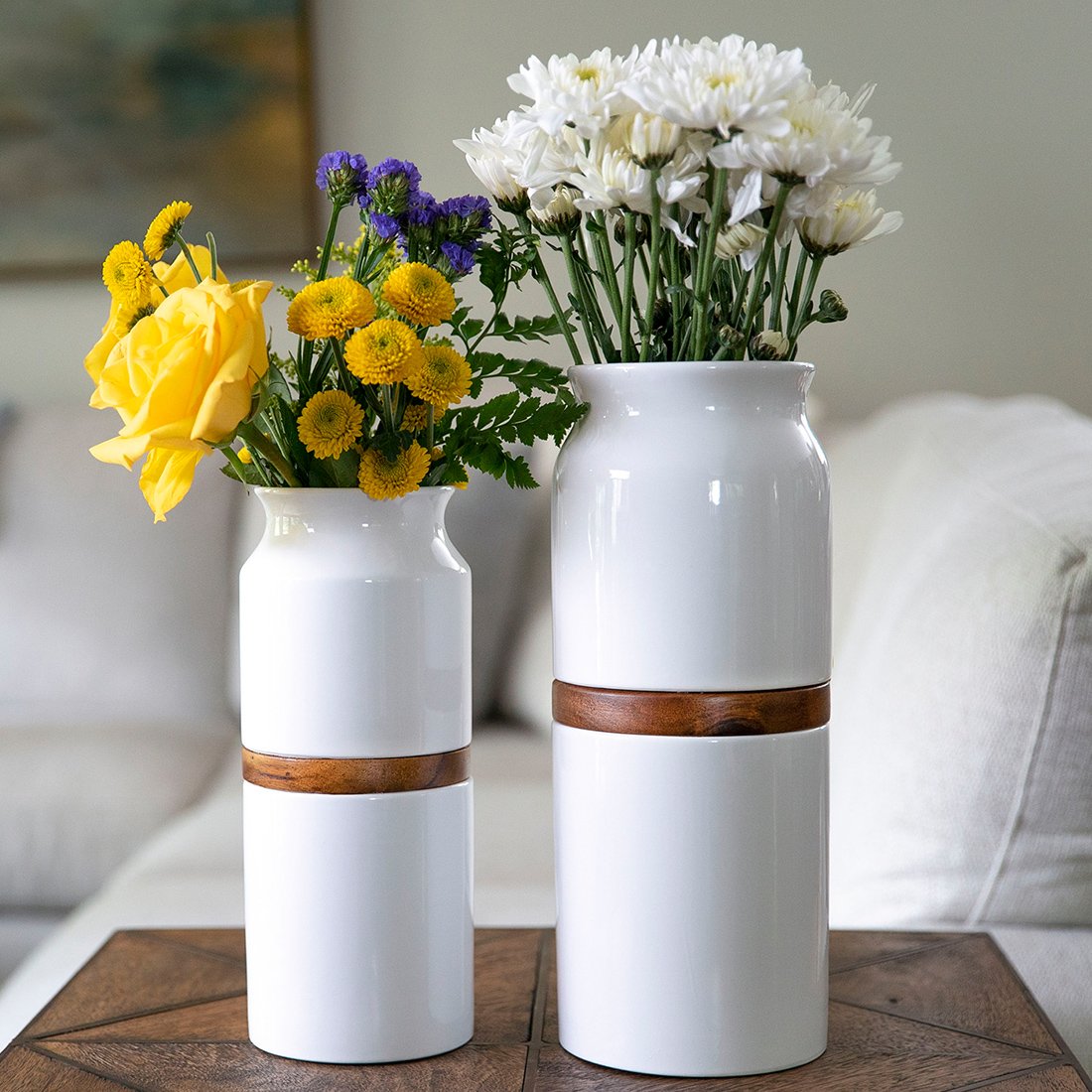

When bereavement leave is structured with care and respect, it honours both the deceased and the living, strengthening communities and creating more compassionate workplaces.
Grieving the death of a family member or friend is a profound, personal experience. Many people need time away from work to make funeral arrangements, attend services and begin to process their loss. Bereavement leave—time off granted after a death—allows employees to step back from job duties while handling practical and emotional matters. Understanding how bereavement leave works in the United States can help workers and employers navigate this difficult period.
Unlike some countries, the U.S. has no federal law requiring employers to offer bereavement leave. The Clockify guide notes that there is no federal mandate for paid or unpaid leave following a death; the decision is left to employers and, in some cases, state governments. Because there is no nationwide standard, company policies vary widely. Many organizations voluntarily provide a few days of paid leave—commonly three to five days—for the death of an immediate family member, such as a spouse, child or parent. Some companies offer additional unpaid leave or allow employees to use vacation or personal days if more time is needed. Other employers extend bereavement leave to grandparents, siblings, in‑laws or close relatives. A minority of progressive companies recognize that pets are family members and permit a day or two off for the loss of a companion animal.
State laws play a small but important role. A handful of states—such as California and Illinois—require employers to provide unpaid bereavement leave under certain circumstances. California’s law, which took effect in 2023, mandates up to five days of unpaid leave for the death of a family member, but it applies only to employers with five or more employees and allows them to require documentation. Illinois allows up to two weeks of unpaid leave for the death of a child and up to ten days for miscarriages or other pregnancy loss. These laws illustrate how local regulations can fill gaps in federal policy, but coverage remains inconsistent across the country.
Company bereavement policies usually define who qualifies for leave, how much time is provided and whether it is paid. Immediate family members are typically covered, but definitions vary. Some policies include domestic partners, stepchildren or foster parents; others are narrower. Employers may also require proof of death, such as a funeral program or obituary, though many choose not to burden grieving employees with documentation requirements. A policy may specify that bereavement leave must be taken within a certain time after the death and cannot be split across weeks. Human resources departments often provide forms or online portals to request leave and keep track of days used.
Because bereavement policies differ by employer, it is important for employees to check their employee handbook or talk to human resources as soon as possible after a death. Employers generally encourage workers to notify their supervisor promptly, explain the relationship to the deceased and provide an estimate of time needed. Communication helps managers plan coverage and demonstrates respect for co‑workers who may need to pick up duties during the absence. If an employee needs more time than the policy allows—perhaps because the funeral is in another country or because they must handle estate matters—the person can request unpaid leave, use vacation days or explore flexible work arrangements like remote work or reduced schedules.
While bereavement leave policies are primarily about time off, they also reflect how employers support employee well‑being. Many companies supplement leave with Employee Assistance Programs (EAPs) that offer counseling, grief support and referrals to mental health services. Grief can affect concentration and productivity long after the leave ends, so managers should check in with returning employees and consider workload adjustments. Flexible scheduling, remote work options and compassionate communication can ease the transition back to work. HR professionals can provide resources on grief counseling and local support groups.
Bereavement leave is not just a matter of policy—it touches on organizational culture and equity. Workers in industries without paid leave may face the hardship of choosing between earning wages and attending a funeral. Employees paid hourly may lack the flexibility that salaried workers have to take additional unpaid days. Advocates argue that standardized bereavement policies would reduce disparities and recognize the universal need to grieve. Including a broad definition of family—including chosen family and unmarried partners—can acknowledge diverse relationships.
There is growing awareness that grief comes in many forms. Some employers now offer leave for miscarriages, stillbirths or failed adoptions, recognizing the deep loss involved. Others extend time off to friends who serve as primary caretakers or to employees dealing with anticipatory grief when a loved one is terminally ill. Conversations about bereavement leave for pet owners highlight how mourning animals can be as intense as grieving people. Expanding policies to cover these situations signals empathy and can foster employee loyalty and morale.
From an employee’s perspective, preparing for the possibility of needing bereavement leave involves understanding workplace policies before a crisis occurs. Reviewing the handbook, discussing options with HR and saving personal time can reduce stress later. Keeping colleagues informed about funeral dates and workload distribution also helps maintain team cohesion. If company policies feel inadequate, employees can advocate for improvements by sharing research on the benefits of compassionate leave and highlighting examples of progressive policies.
In the absence of a federal mandate, bereavement leave in the U.S. will likely continue to evolve through state legislation and company practices. Employers who prioritize empathy and flexibility can support grieving employees and demonstrate corporate values. For workers, understanding their rights and communicating needs clearly can help ensure that they receive the time and support necessary to honour loved ones and begin healing. Recognising that grief is a universal human experience reminds us that compassionate leave is not a perk but a necessity. Policy changes, whether through legislation or voluntary action, can make workplaces more humane and foster cultures where employees feel valued even during life’s most difficult moments. When bereavement leave is structured with care and respect, it honours both the deceased and the living, strengthening communities and creating more compassionate workplaces.
Our Best Selling Collection
Frequently Asked Questions
What are the shipping options for my memorial?
Oaktree offers free nationwide shipping on all urns and cremation jewelry items, with delivery typically taking 2-5 business days, including processing time. Need it sooner? Expedited shipping (overnight or 2-day) is available at checkout for an additional cost, and we will also prioritize processing for faster delivery. If you need international shipping, please contact us first to confirm availability and rates.
How long will it take for my engraved item to arrive?
Engraved urns and cremation necklaces require an additional 1-3 business days for personalization before shipping. If you need faster delivery, please contact us—we’ll do our best to expedite processing and accommodate your timeline. Expedited shipping options are also available at checkout to ensure your memorial arrives as soon as possible.
What do I do if I never received my order?
If your order hasn’t arrived within 10 business days, please contact us so we can track your shipment and resolve any issues. We’ll ensure your memorial reaches you as soon as possible.
What do I do if I received a defective order?
If your order arrives damaged or defective, contact us right away. We take pride in our high-quality craftsmanship and will work quickly to replace or repair your item at no additional cost.
Can I return my urn or cremation necklace? What is your return policy?
Oaktree offers a 100-day return and exchange policy for non-engraved items. Due to personalization, engraved urns are final sale and cannot be returned. For full details on how to start a return or exchange, visit our Returns & Exchanges page.
How do I make changes to an urn I’ve already ordered?
If you need to modify an order, contact us as soon as possible. If your urn is already engraved, we may not be able to make changes, but we’ll do our best to accommodate your request before processing.
How are your urns made? Where do the materials come from?
Oaktree’s urns are handcrafted in the USA and Europe using sustainable, locally sourced materials. Our artisans ensure each piece is beautifully designed and built to honor your loved one’s memory with care.
How do I choose the right urn size?
Each product page includes detailed dimensions, weight capacity, and cubic inches to help you select the right urn. As a general guide, 1 cubic inch holds 1 pound of pre-cremation weight. If you need help choosing, feel free to contact us.
Some urns are marked as “sold out.” When will they be available?
Our handmade urns may take a few weeks to restock. If you’re interested in a specific style, contact us for an estimated restock date, and we’ll notify you when it’s available.
Does Oaktree place the ashes into my urn?
Yes, we offer an optional ash transfer service for an additional fee. If you’d like us to handle this process, please contact us when placing your order. You’ll need to mail the ashes to us, and we’ll carefully transfer them into your selected urn.
How do I transfer ashes into my urn?
Cremated remains typically arrive in a sealed plastic bag inside a plastic container. To transfer them, simply place the sealed bag inside your urn. If needed, use a funnel for precise placement. If you have any concerns, our team is happy to assist.
How do I order an engraved urn?
To personalize your urn, select “Yes” under “Would you like your item engraved?” on the product page. If you’d like a custom design beyond standard engraving, contact us and we’ll explore options to create a unique tribute.
Can my urn be shipped directly to a funeral home?
Yes! During checkout, you can enter the funeral home’s address for direct shipping.
Can I customize my urn beyond engraving?
Yes! In addition to engraving, we offer custom design services, including unique finishes, symbols, or artwork. If you’d like to personalize your urn beyond standard options, contact us to discuss customization possibilities.
What materials are Oaktree urns made from?
Our urns are crafted from premium materials such as wood, ceramic, marble, metal, and biodegradable materials. We focus on sustainable sourcing and high-quality craftsmanship to create lasting memorials.
Do you offer keepsake urns or mini urns?
Yes, we offer keepsake urns and mini urns, which are smaller versions designed for sharing ashes among family members or keeping a small portion as a personal tribute.
Can I pre-order an urn for future use?
Absolutely! Many customers choose to pre-order an urn in advance. This ensures availability and allows for customization without time constraints. Contact us to arrange a pre-order.
Do you offer pet urns?
Yes, we provide a range of pet memorial urns designed to honor beloved pets. These are available in different materials and sizes to suit dogs, cats, and other pets.
How do I clean and maintain my urn?
Urns require gentle care to maintain their beauty. Use a soft cloth and mild cleaner for metal or ceramic urns. Avoid direct sunlight and moisture to preserve wood urns. Contact us for specific care instructions based on your urn’s material.
Can I travel with an urn? Are they TSA-approved?
Most Oaktree urns are TSA-compliant, making them safe for air travel. Choose a non-metal urn to ensure easy screening. We recommend carrying the urn in your carry-on bag and bringing the cremation certificate from the funeral home.
How do I track my order?
Once your order ships, we’ll send you a tracking number via email. You can use this to monitor the shipment status. If you don’t receive tracking details, contact us for assistance.
How do I contact Oaktree if my question isn’t answered here?
We’re happy to assist! Visit our Contact Us page to reach us via email, chat, or phone. Our compassionate team is ready to help.






